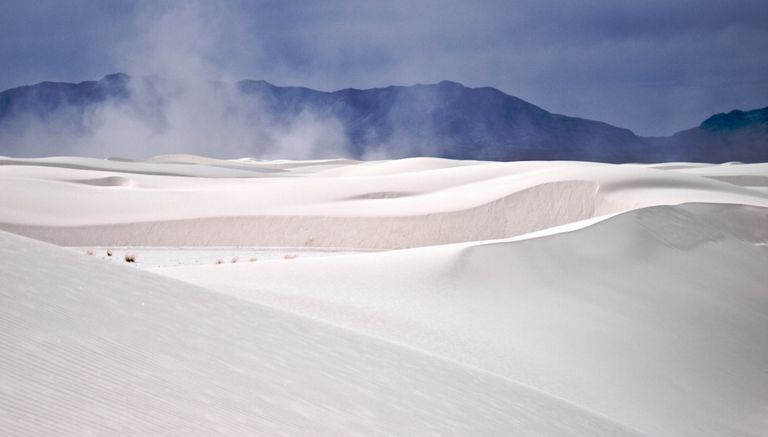When Experts Scanned The Sand With Radar, They Found Ancient Footprints That Rewrite History
Researchers are surveying ground in New Mexico’s White Sands National Monument. To do this, they’re using an established technology for a novel purpose. The scientists are scanning the surface of an area called Alkali Flat with ground-penetrating radar (GPR). And what they now discover below this ancient dried-out lake bed gives them some startling new insights into humans and animals from 12,000 years ago.
All Dried Up
In 2019 the archeologists were working on the eastern section of Alkali Flat. This area once lay beneath water, which is now known as Lake Otero. This lake once covered most of what is known as the Tularosa Basin – a large, enclosed depression which collected water. During the time of the last Ice Age, this water gradually soaked into the ground and it left behind the dried lake bed.
Do Not Disturb
That arid lake bed forms what is now known as the Alkali Flat, and the scientists were exploring an 800-meter section of that. With the use of GPR technology they were able to “see” beneath the ground without actually having to dig and potentially disturb the very evidence that they wanted to analyze.
Going Back In Time
The GPR machinery allowed the researchers to look back through time to an era some 12,000 years ago when the last Ice Age glaciation was coming to an end. What they were looking for – with more than a little success – were traces known as “ghost tracks” of life from that ancient era. And that included human life as well as evidence of large, long-extinct animals.
Millions Of Years In The Past
We’ll see exactly what the archeologists found shortly, but first let’s learn a little more about the geology and history of the White Sands National Monument. We’ll take the story back to the Permian Period – a geological era that started around 299 million years ago when the previous period, the Carboniferous, ended.
